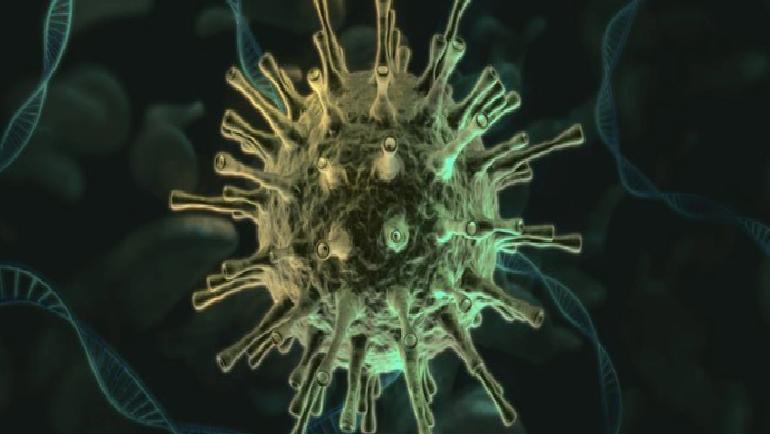We’re entering the third year of the COVID-19 pandemic, and it’s fair to say that we’re all fed up with it. This is understandable; Even the lucky few who did not have to deal with the disease itself had to go through several months of quarantine and curfews.
But now we see that there is always hope in the news that we come across frequently. We’re talking about the “pandemic becomes endemic” news. According to some governments and commentators, the pandemic is almost over. Instead, we are entering a new era: the age of the COVID-19 endemic.
But what exactly does this mean? Is COVID not a problem anymore? Or is it all just wishful thinking?
What Does Endemic Mean, What Does It Mean?
Both “endemic” and “pandemic” are scientifically defined terms, and the difference between them is important. Let’s start with the familiar: Pandemic…
The World Health Organization (WHO) declares a disease a pandemic when its spread gets out of control and increases worldwide and exponentially. Basically, a pandemic is the continuous increase in the number of cases in an epidemic.
Endemic does not have this fluctuation. It can be ubiquitous, like the common cold, or it can be localized, like malaria. However, the number of cases usually remains at the same level. This means it is predictable for the future.
So the first point to note is this: When people talk about COVID-19 becoming endemic, what they’re saying is that they’re predicting case numbers to stabilize for whatever reason.
But how accurate would it be to say this today?

Did COVID-19 Go From Pandemic to Endemic?
If “endemic” refers to a disease with a stable infection rate, it’s hard to say that COVID currently fits that definition. “The idea that we’re going to reach endemism any time soon seems a bit counterintuitive to the fact that we’ve had tremendously explosive growth over several weeks,” virology associate professor Stephen Griffin told The Guardian.
The US saw its highest-ever number of COVID-19 hospitalizations two weeks ago, and healthcare systems around the world are struggling to keep up with the recent increase in cases caused by the highly infectious Omicron variant. WHO Europe’s senior emergency officer, Dr. Catherine Smallwood said at a press briefing on January 11: “We still have a ways to go in terms of endemicity. Endemicity first and foremost assumes predictable levels of stable circulation of the virus and potentially known and predictable waves of epidemic transmission. We should not start acting like it was endemic before It just acts like the virus itself is endemic.”
Lawrence Young, from the University of Warwick in England, told New Scientist, “I actually don’t think we’re anywhere near endemic. But we’re not there yet.”
It is as important to understand what endemicity is as it is to understand what it is not. For example, smallpox is endemic, polio is endemic, Lassa fever is endemic, and malaria is endemic. But it is not possible to conclude that an endemic is not dangerous.
And the fact that a pandemic turns into an endemic does not mean that the disease has disappeared. One of the coronaviruses that can cause the common cold, OC43, is endemic. But even in the UK alone, it affects around 45,000 people every day.
Will There Be a COVID-19 Endemic?
So will there be a COVID endemic? Maybe… But it’s too early to tell when, or even if it will happen. The transition to endemic is often only seen in retrospect, and we are still a long way off, according to many experts.
Most experts agree that as the virus continues to spread and potentially evolve, it is too soon to label the virus endemic, especially in much of the unvaccinated world. As the WHO has often pointed out, “vaccination equality will hasten the end of the pandemic.” Vaccine inequality prolongs this process.
In short, what we’re seeing right now doesn’t even come close to endemic as we enter 2022. We can’t just sit back and see a steady infection rate. Case numbers continue to fluctuate constantly. We still have a great deal of uncertainty, we still have a fairly fast-evolving virus, and it presents new challenges. Over time, a pandemic can indeed turn into an endemic. However, it is not easy to look at it as it will be certain in 2022.